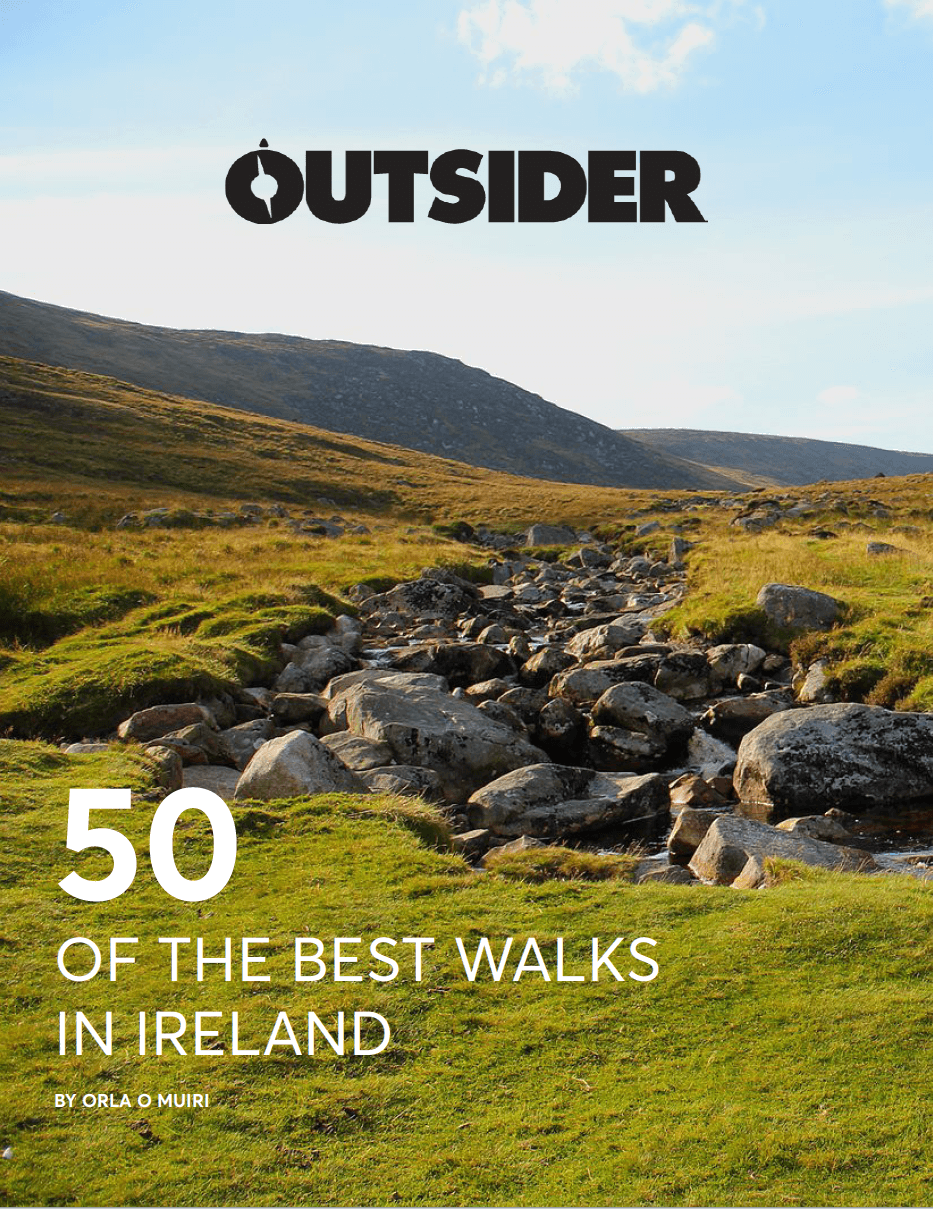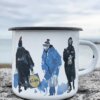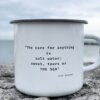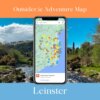The Niseko ski area on Japan’s largest and most northerly island of Hokkaido, has become famous in recent years for its abundance of light, silky powder snow. Since the devastating earthquake in 2011 however, there’s been a massive dearth of snow junkies traveling to consume it. Bad news for Japan but from a tourist’s perspective, it’s the perfect time to plan a winter/spring ski holiday and explore the finest snow Japan has to offer. Louise Healy tells all.
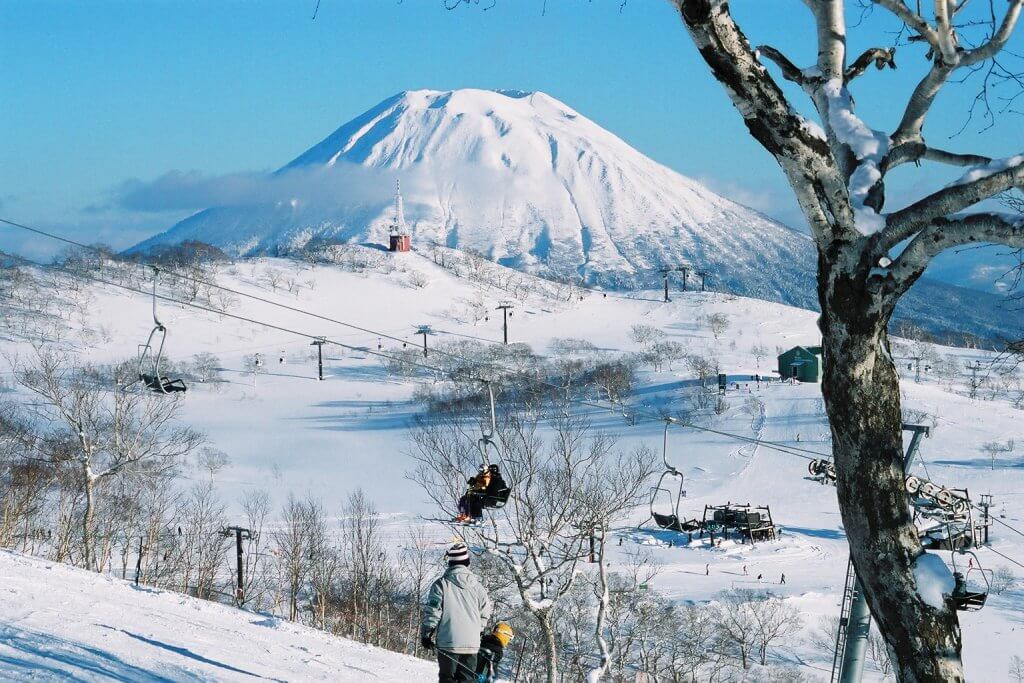
I was thigh deep in snow and my skis felt like they had been set in cement. I couldn’t move and was wondering whether anyone would ever find me or was I to play out the rest of my days alone, freezing in the woods. After quite a long spell spent wriggling myself free, I giggled and thought, “If trying to get out of powder is the biggest worry of the day, I’m doing pretty well.”
Japanese winter produces a place where huge snowflakes fall relentlessly for months on end; where you wake up every morning and all you can see for miles is a white blanket of dazzling, perfect snow. The ski area of Niseko, on Japan’s least developed and most northerly island, is a place where you ski first tracks in the morning and a few hours later they are covered with a new thick white sheet; where all you can do is eat, drink and sleep powder snow because when it’s everywhere it’s simply all you can think about.
“Last winter Niseko experienced the best snowfall in 50 years (28m in the season), and there’s hopes for another bumper season this year.”
Niseko is 800km north of Tokyo and about a three-hour drive from Sapporo airport through beautiful Narnia-like countryside dotted with Japanese wood cabins, the odd convenience shop and miles and miles of fields glowing with fresh snowfall. And while Hokkaido comprises one fifth of the country’s entire land mass, only five per cent of Japan’s population live here, mainly because of the sharp Siberian weather fronts that descend on the island from November to April every year.
Some of the Best Powder Snow
Last winter Niseko experienced the best snowfall in 50 years (28m in the season), and there are hopes for another bumper season this year. So with fewer people on the slopes and some bargain deals on ski holidays, there really couldn’t be a better time to visit.
Niseko is the biggest ski area on Hokkaido with more than 60 ski runs. It is divided up into four main ski resorts—Niseko Annupuri, Niseko Village (formerly Higashiyama), Hirafu and Hanozono, each connected by an all-mountain ski pass or via the local bus shuttle.
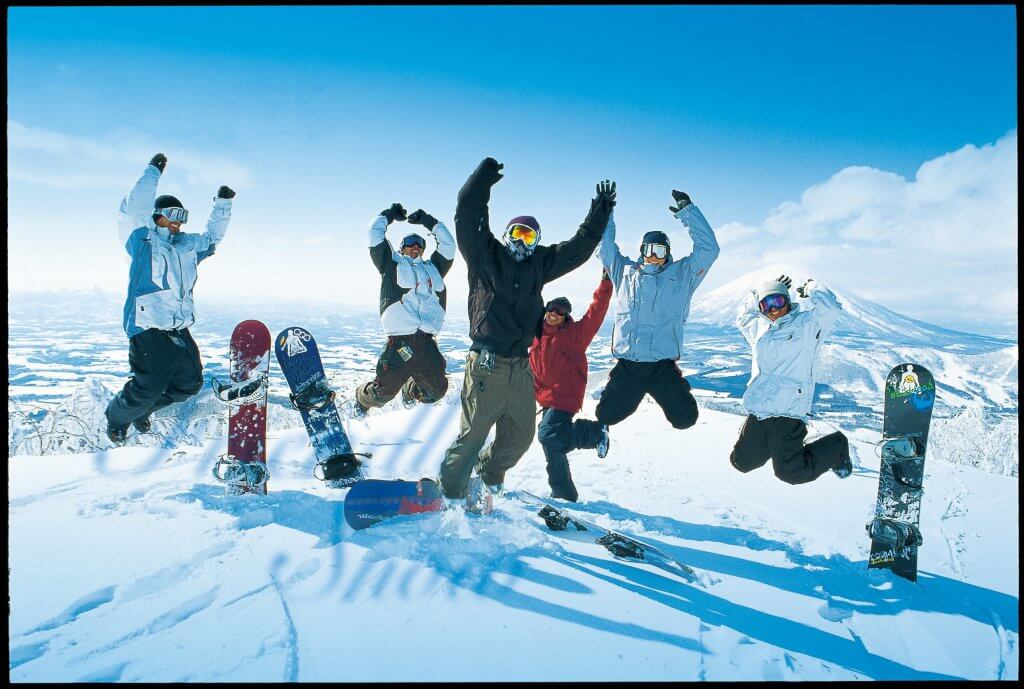
Hirafu and Hanozono are the most popular resorts but securing an all-mountain pass will enable you to ride some of the quieter slopes of Niseko Village and Annupuri on busier days whilst enjoying the rest of Niseko at off-peak times of day. Night skiing is available until 9pm and off-piste riding in the backcountry, accessed through special gates or hiking to the peak of Mount Niseko Annupuri, is definitely something to write home about.
And while there is a distinct lack of very steep, long ski runs compared to North America and areas in Europe, the reliable and consistent snowfall that produces some of the best champagne powder skiing in the world and gives Japan the killer advantage.
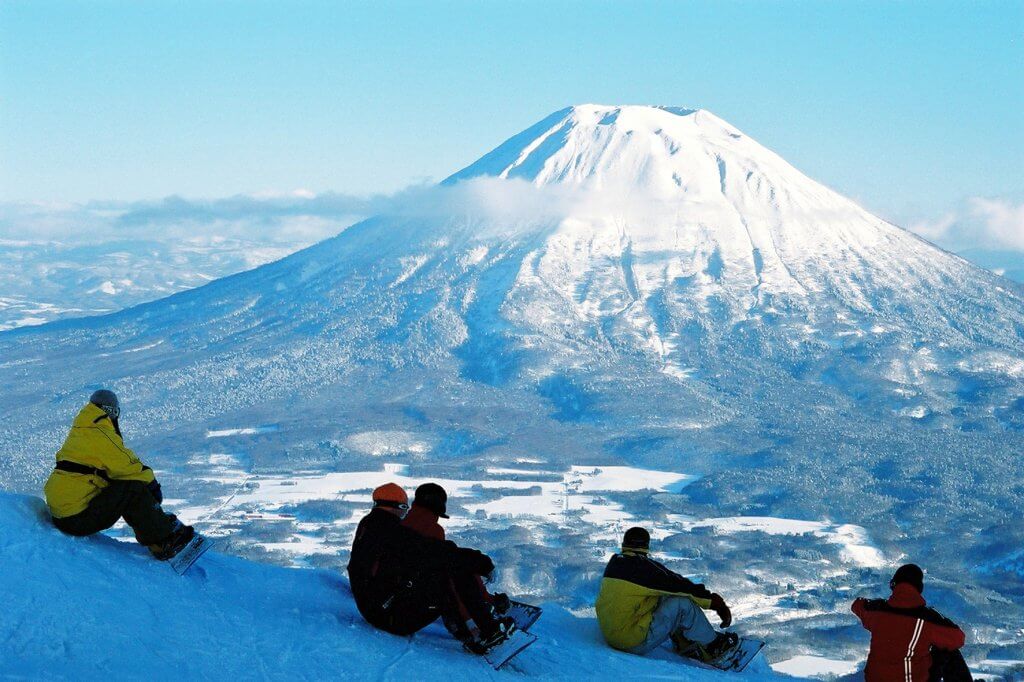
Rusutsu Ski Resort is about a 45-minute drive from Niseko and is also a must if you plan on going to the area. With some of the best untouched powder snow and tree runs, it’s definitely worth a day trip if not longer. Another bonus is that the resort regularly does deals on hotel and lift pass combos. Last year towards the end of peak season, Rusutsu Ski Resort offered free lift passes for tourists who stayed at the
Rusutsu hotel (adjoining the resort) for more than three nights from mid-February through to the end of the season (early April), saving skiers over €300 for a week’s worth of skiing. It’s definitely a resort worth keeping an eye on.
Hot Volcanic Springs
“Inhibitions about bathing naked are left with your last piece of clothing in the changing room!”
Sampling Japanese natural hot pools, which are surrounded by stunning alpine beauty, is a vital part of any visitor’s itinerary. So after exhausting the endless powder runs, terrain parks, groomed pistes and night skiing on empty slopes, sit back and rest your aching limbs in the local onsen, traditional open-air hot volcanic springs, full of natural medicinal minerals. Inhibitions about bathing naked are left with your last piece of clothing in the changing room!
Onsen are public baths and the Japanese regard foreigners who make a fuss about being nude with an air of puzzlement and bemusement. There are plenty of affordable onsen in Niseko. Two of the best outdoor onsen are found at the Niseko Hilton Hotel in Niseko Village (with some spectacular views of Mount Yotei) and at Hotel Niseko Ikoi Village at Annupuri. Both cost €10 a visit.
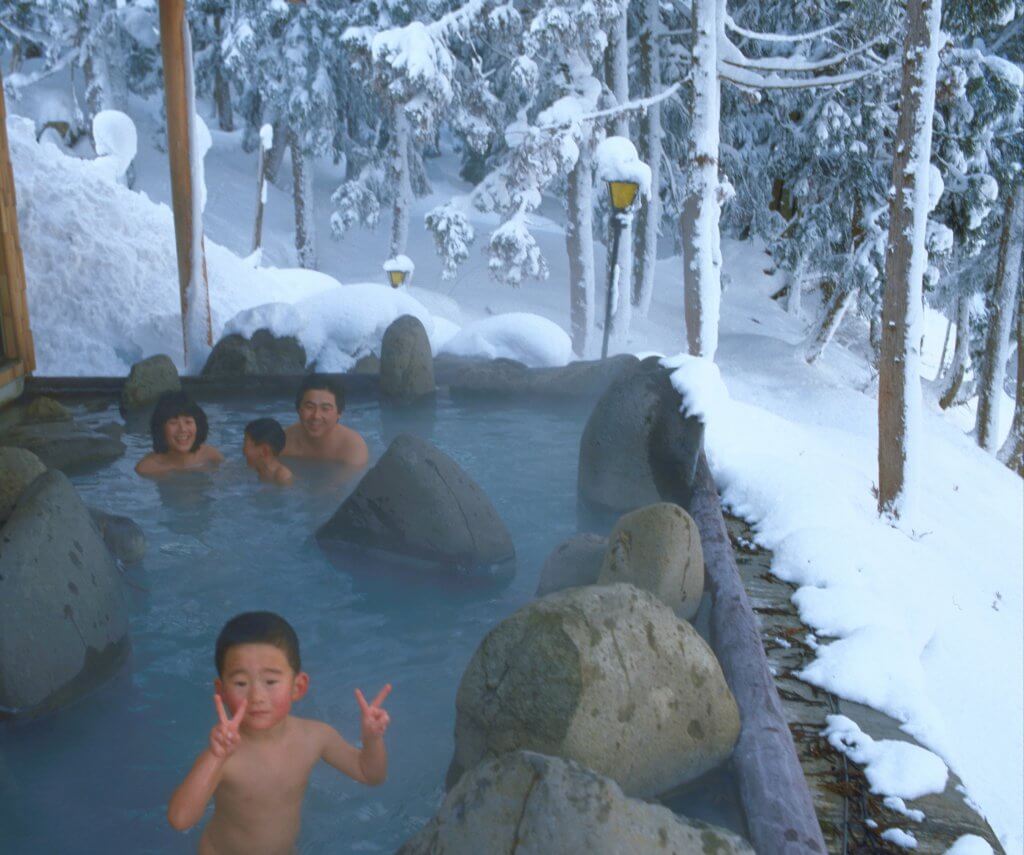
Authentic Japanese Dining Experience
Food is also an integral part of any Japanese holiday and you don’t have to love sushi for the experience to be a real culinary treat. Japanese Izakaya are bars serving food and some of the best type are yakitori bars. There are loads in Niseko and they serve a selection of skewered grilled meats.
For a more authentic Japanese dining experience, head to the nearby quieter town of Kutchan for traditional Japanese hotpot. This is the authentic Japanese dining experience where you are presented with hot towels and traditional indoor slippers before being served an eclectic mix of mouth-watering food, including the aforementioned hotpot, Hokkaido Tori Nabe, and other favourites like sashimi, traditional Japanese green beans and, for the more adventurous, cod semen, horse or chicken hearts.
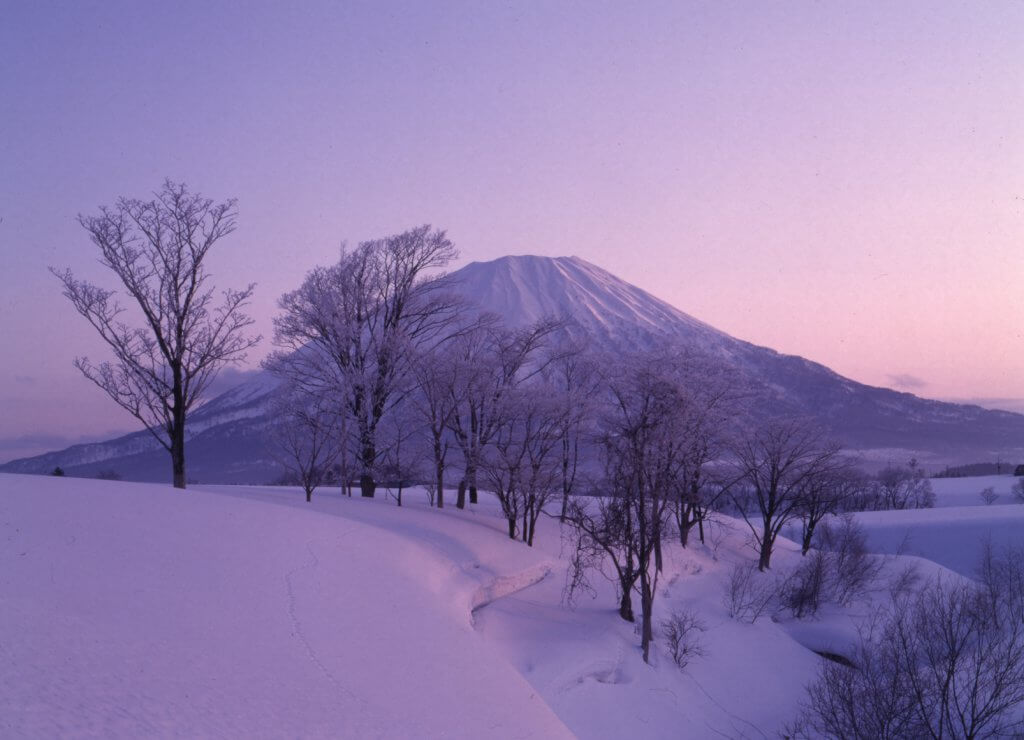
Après-ski night life is best in Niseko’s main hub, Hirafu. Bustling with Australian bars, Japanese karaoke suites and manmade ice bars, Hirafu has something to cater to all tastes. Try Big Foot in lower Hirafu, a trendy Australian spot, Blo Blo on the main street with its own ice bar designed by local ice sculptor Hiro Takenaka or Gyu Bar, one of the best Japanese bars in town, accessed through an Alice-in-Wonderland-like fridge door.
Everything in Hirafu is geared towards making the most out of a ski holiday – from expensive cocktail bars to all-you-can-eat-and-drink bars (nomi tabe hodai). Nomi tabe hodai usually cost between €25 and €40 and allow you to eat and drink all you can handle for 90 minutes, then stumble out, catch a bus and still be home and tucked up in bed just after midnight.
Weather in Niseko
“Police in Niseko have issued warnings to foreigners visiting the resort to be aware of the dangers associated with severe weather conditions.”
Be wary of packing the correct clothing for any trip to northern Japan. Temperatures in winter and even early spring can range from -2°C to -25°C. Police in Niseko have issued warnings to foreigners visiting the resort to be aware of the dangers associated with severe weather conditions. An Australian man was found dead last February in a snow bank after leaving a late-night bar in Hirafu.
The Yuki Matsuri Snow Festival
To make any trip to Hokkaido complete, venture on the train two hours north east to Sapporo, Japan’s fifth largest city, and catch the famed Yuki Matsuri snow festival that grips the north island in February each year. The huge ice sculptures – ephemeral works of art – depict historical events, political encounters, ancient buildings, celebrities, stars of the screen and iconic figures ranging from beautiful Japanese geisha to the ubiquitous Japanese cartoon character Hello Kitty. You can make history and take part in the making of a sculpture or simply grab some of Sapporo’s famed ramen noodles and wander for hours around the city viewing impressive sculptures.

Japan is a land of idiosyncrasies and it revels in juxtaposing quintessential images of old and new: Kimono-clad geishas and trendy business-men, mist-coloured mountains and futuristic necropolis cities, ancient temples and new-age karaoke bars, the majestic nationwide blooming of the cherry blossom (sakura) and months of uninterrupted winter snowfalls. Niseko is no exception throwing up many of its own paradoxes – technologically advanced heated streets but no ATM machines, electronic lift passes but no internet facilities and endless champagne powder-filled slopes and practically no one here to enjoy them.
Get the Most From Your Holiday to Niseko
WHERE TO STAY
- For a luxury experience check out the Vale Niseko Hotel and Apartments. One-bed apartments cost from €50-€86 per person per night, or deluxe suites with private onsen (natural hot pool) cost from €469-€1,129 per night.
- For a cosy and affordable alternative, I’d recommend Bamboo Lodge or Owashi Lodge in Niseko. Accommodation here usually costs between €28-€35 per person/per night.
- Pensions or guest houses are the most common form of accommodation in Niseko. I’d recommend Bamboo Lodge or Owashi Lodge in Niseko, which are both very cosy and affordable, usually
WHAT TO EAT
- A-Bu-Cha 1 doubles as a delicious bakery by day and izakaya (restaurant) by night, serving local hotpot, yakitori meats and an a la carte menu, ranging from €10-€30.
- Ebisutei in Lower Hirafu is the best Japanese spot in town for a wide variety of sashimi and grilled Hokkaido fish – €20-€30.
- Sushi Train in nearby Kutchan offers excellent nomi hodai (all you can eat and drink). It costs €45 for 90 minutes of indulgence.
ACTIVITIES
- The onsen (hot spring) at Niseko Hilton Hotel in Niseko Village or the Grand Hotel Niseko, both €10.
HOW TO GET THERE
- KLM flies to Amsterdam connecting via Seoul to Sapporo, Japan for around €780 return during peak season.
- To get from the airport, the bus is the cheapest way to travel in winter. Niseko is two- to three-hour- drive from Hokkaido’s New Chitose Airport, just outside Sapporo. Buses depart every 30 minutes from the airport to drop-off points in the three major resorts in Niseko – Hirafu, Niseko Village and Annupuri. It also stops at Rusutsu resort. One-way will cost about €23 or a round trip is €37. Book tickets online.
- For a longer stay in Japan, the Japan Rail Pass is an excellent money-saving option. It can only be bought online outside Japan and validated upon arrival.
Check out our Hard as Nails podcast:
Preparing for your next ski holiday? Make sure you take a look at the links below:




